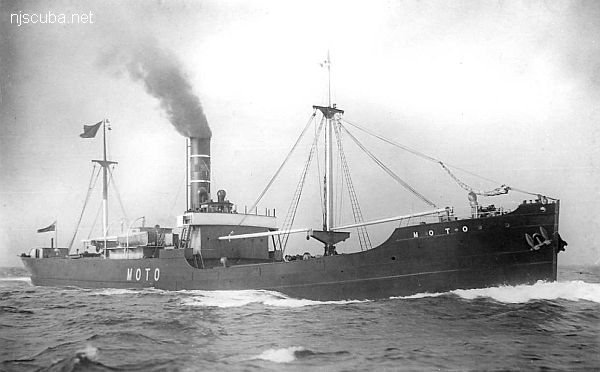
- Type:
- shipwreck, tanker, England
- Built:
- 1913, England
- Specs:
- ( 279 x 40 ft ) 1918 gross tons, 28 crew
- Sunk:
- Sunday April 30, 1917
collision with steamer Harlem - no casualties - Depth:
- 185 ft
More: Durley Chine ...
More: Deep Sea Dive Sites ...

More: Durley Chine ...
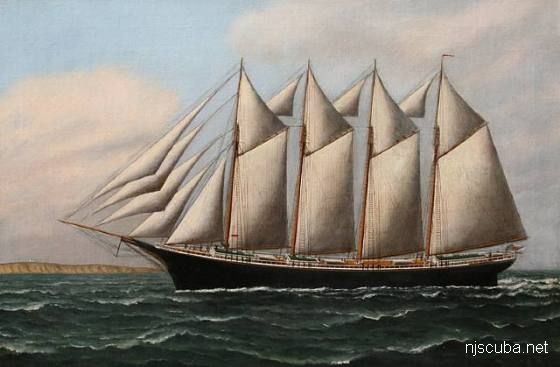
More: Edward H Cole ...
More: Four Daughters ...
a "massive" wooden wreck, at first thought to be the Cayru
More: Galimore's Cayru ...
A large steel wreck, possibly of World War II vintage, with 30-40 ft of relief.
More: Herbert Parker ...
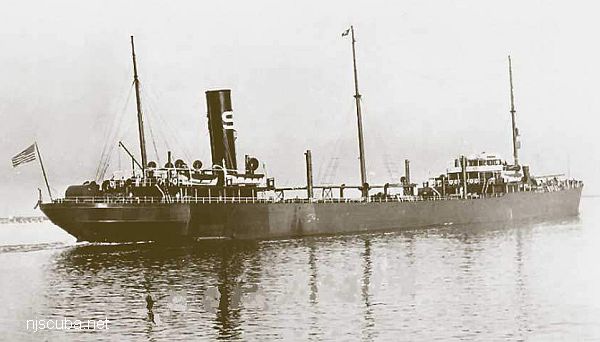
More: India Arrow ...
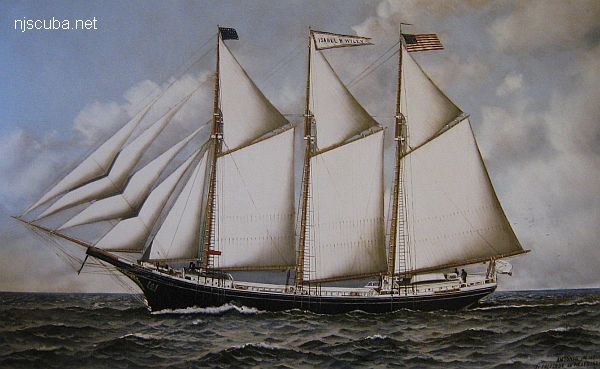
More: Isabel B Wiley ...
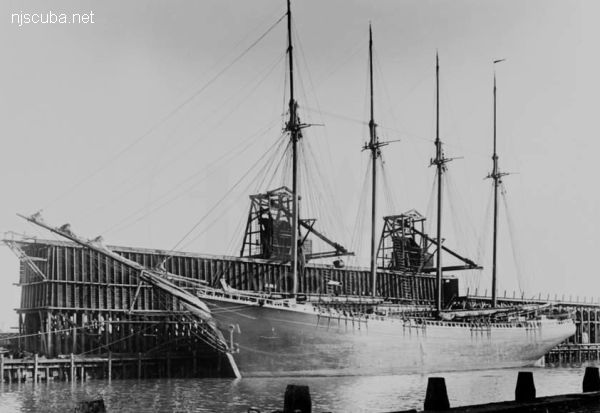
More: Jacob M Haskell ...
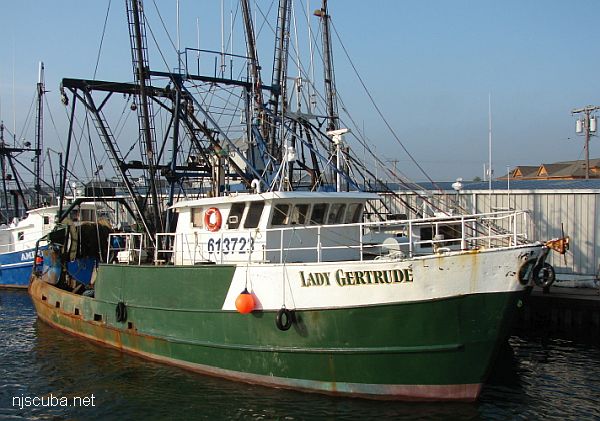
More: Lady Gertrude ...